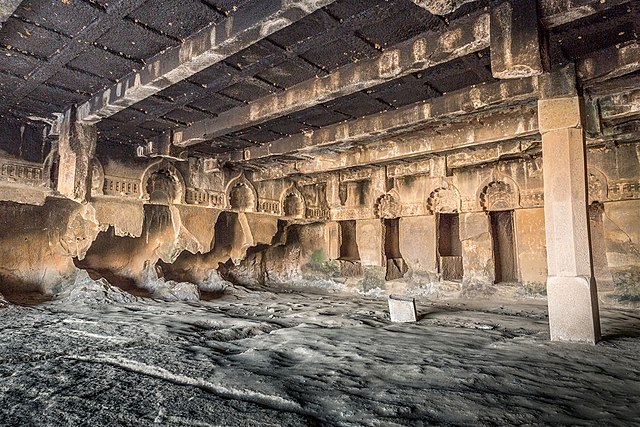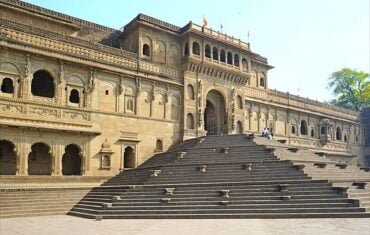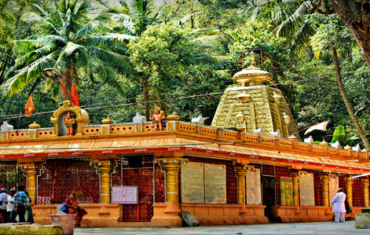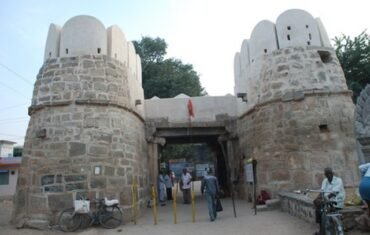Varne Buddhist Caves are a cluster of 14 rock-cut caves that date back to the 2nd century CE, located in the village of Varne, about 10 km from Karjat in Maharashtra, India. These caves are among the oldest examples of Buddhist architecture in India, and showcase the exquisite craftsmanship and devotion of the ancient monks. The caves are situated on a hill overlooking the Varne river, and are surrounded by serene nature and rural charm. Visit during Mumbai to Karjat One day Trip By cab
Location of Varne Buddhist Caves

Varne Buddhist Caves are situated at the edge of the village of Varne, which is about 14 km from Shirur railway station on the Central Railway line. The caves are accessible by a 2 km trek from the village, which takes about 30 minutes to complete. The trek is easy and scenic, passing through fields, orchards and temples. The caves are also reachable by road from Karjat or Pune via NH 60 and SH 55. Karjat is a popular tourist destination that has many historical and natural attractions, such as Kondana Caves, Bhivpuri Waterfall and Ulhas Valley.
Timing / Entry Fees Varne Buddhist Caves
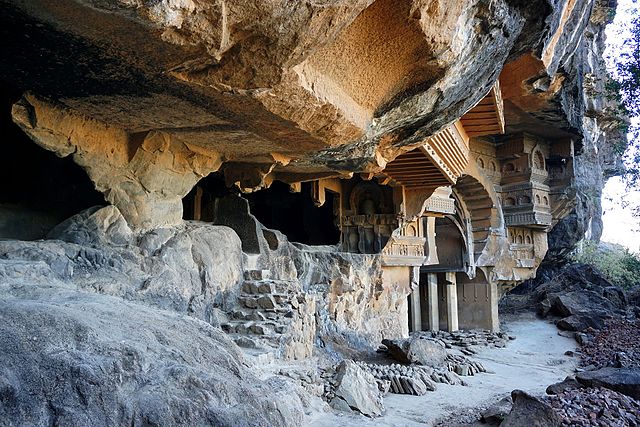
The caves are open to visitors from sunrise to sunset throughout the year. There is no entry fee for visiting the caves, but visitors are expected to maintain cleanliness and respect the sanctity of the place. Photography is allowed inside the caves, but flash photography is prohibited.
How to Reach Varne Buddhist Caves

The nearest railway station to reach Varne Buddhist Caves is Shirur, which is well connected to Pune and Ahmednagar by local and express trains. From Shirur, one can hire a taxi or an auto-rickshaw to reach Varne village, which is the base point for the trek to the caves. Alternatively, one can drive to Varne village from Karjat or Pune via NH 60 and SH 55. Karjat is about 40 km from Varne village, and can be reached by train or road from Mumbai or Pune.
Things to Do / Must See Varne Buddhist Caves

The main attraction of Varne Buddhist Caves is the Chaitya cave, which is the largest and most impressive among the 14 caves. The Chaitya cave has a spacious hall with 16 pillars that surround a circular stupa at the end. The stupa has a hemispherical dome with a square base and a harmika on top. The ceiling of the cave has a semi-circular arch that resembles a wooden structure. The facade of the cave has three arched windows that allow natural light to enter the interior. The cave also has an inscription on the front wall that mentions the name of a donor, Vahika.
The other caves in the group are mostly Viharas or monasteries that were used by the Buddhist monks for living and studying. These caves have simple cells with stone beds and pillows, as well as water cisterns and benches. Some of the caves have carvings of Buddha and Bodhisattvas on their walls and ceilings, as well as decorative motifs such as lotus flowers, animals and geometric patterns.
Apart from exploring the caves, visitors can also enjoy the natural beauty of the surroundings, especially during the winter season when the Varne river flows with crystal clear water. The river offers a chance to enjoy boating, fishing and swimming, as well as a view of the nearby dam and bridge. Visitors can also visit the nearby temples of Shiva, Ganesh and Hanuman, which are revered by the local villagers.
Significance of Varne Buddhist Caves

Varne Buddhist Caves are among the earliest examples of rock-cut Buddhist architecture in India, dating back to around 200 CE. They belong to the Hinayana sect of Buddhism, which did not worship Buddha in human form but revered his symbols such as stupa, wheel and footprints. The caves reflect the simplicity and austerity of this sect, as well as their artistic skills and devotion. The caves also provide valuable insights into the history and culture of ancient Maharashtra, as they were patronized by various local rulers and merchants over centuries.
FAQ’s
What is the best time to visit Varne Buddhist Caves?
The best time to visit Varne Buddhist Caves is during or after the winter season (November to February), when the weather is pleasant and the river is full.
How long does it take to explore Varne Buddhist Caves?
It takes about 1-2 hours to explore all the 14 caves in detail, depending on one’s interest and pace.
Are there any facilities available near Varne Buddhist Caves?
There are no facilities such as food stalls, restrooms or shops near Varne Buddhist Caves, so visitors are advised to carry their own snacks, water bottles and essentials. There are some small eateries and shops in Varne village, where one can buy basic items or refreshments.
Are there any guides available at Varne Buddhist Caves?
There are no official guides available at Varne Buddhist Caves, but some local villagers may offer their services for a nominal fee. However, visitors can also explore the caves on their own, as there are signboards and information boards that explain the features and history of the caves.
Conclusion
Varne Buddhist Caves are a hidden gem of Buddhist heritage near Karjat that offer a glimpse into the ancient civilization and culture of Maharashtra. The caves are a testament to the artistic and spiritual achievements of the early Buddhist monks, who carved out these magnificent structures from solid rock. The caves are also a delight for nature lovers, who can enjoy the scenic beauty of the river and the hills that surround them. Varne Buddhist Caves are a must-visit for anyone who loves history, art and adventure.

